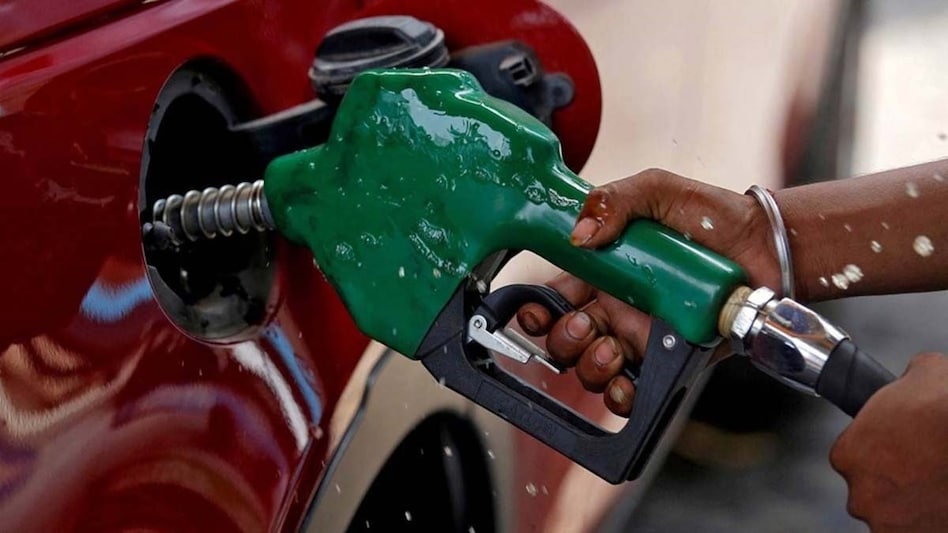 According to Jane Beaman, while 50% of bus applications at Cummins India are electrified, the company’s long-haul and mining applications continue to be dominated by diesel powertrains.
According to Jane Beaman, while 50% of bus applications at Cummins India are electrified, the company’s long-haul and mining applications continue to be dominated by diesel powertrains. According to Jane Beaman, while 50% of bus applications at Cummins India are electrified, the company’s long-haul and mining applications continue to be dominated by diesel powertrains.
According to Jane Beaman, while 50% of bus applications at Cummins India are electrified, the company’s long-haul and mining applications continue to be dominated by diesel powertrains.As the world prepares for a shift from fossil fuel-powered vehicles to greener technologies, diesel remains a central topic in discussions among industry leaders. Diesel will continue to play a major role in the industry's fuel consumption, according to top officials at Cummins India, the local subsidiary of US-based multi-powertrain manufacturer Cummins Group.
“The tail of diesel will be long. A couple of years ago, the sentiment was that the adoption of alternative fuels would be fast, and by the end of the decade, we would see a significant adoption, particularly in battery electric vehicles. We’re not seeing that level of adoption due to infrastructure, cost, and regulations, and until there is enough scale to drive down the cost of alternative fuels, diesel will remain a big part of the industry's consumption,” tells Jane Beaman, Vice President, Global On-Highway and Pickup Business, in an interaction with Business Today.
According to Beaman, while 50% of bus applications at Cummins India are electrified, the company’s long-haul and mining applications continue to be dominated by diesel powertrains. Despite this, she says, Cummins will continue to invest in alternative fuels.
“Our destination zero strategy is to remain technology agnostic and to explore all options from a technological perspective. Our customers have varied applications and require different fuel types, so we are actively investing in alternative fuels such as battery electric, natural gas hybrids, and and hydrogen, and we're continuing to improve on the diesel product that we have provided for the last 100 years,” adds Beaman.
At the Bharat Mobility Global Expo, Cummins launched the HELM (Higher Efficiency, Lower emissions, Multiple Fuels) engine platforms with the high-performance L10 engine, along with an advanced Hydrogen Fuel Delivery System (FDS) with Type IV on-vehicle storage vessels and the innovative B6.7N natural gas engine.
According to Beaman, India is a “key part” of the company’s “Destination Zero Strategy.” “India is a key part of our overall strategy as a company, definitely a strategic part of our destination zero strategy. India is at the forefront of hydrogen development production across the globe... India is outpacing the rest of the world in terms of acceptance of hydrogen as a fuel of possibility and a transitionary product and development of infrastructure to support it,” says Beaman. Notably, TCPL will be investing Rs 350 crore in the manufacturing facility.
Last year, Tata Cummins Pvt Ltd, a joint venture between Tata Motors Limited and Cummins, inaugurated a manufacturing facility to produce hydrogen-based internal combustion engines (ICEs) for medium and heavy commercial vehicles in Jamshedpur. The company’s first B6.7H hydrogen internal combustion engines, which were rolled off in March last year, are now integrated into Tata Motors’ trucks.
ccording to Nitin Jirafe, Managing Director, Tata Cummins Pvt. Ltd., and Head, Engine Business, Cummins India, the company has initially rolled out 3,000 units from the manufacturing facility but plans to scale up later.
Notably, in the first nine months of FY25, the domestic commercial vehicle industry remained sluggish. For the final quarter of FY25, Jirafe says that while there has been a dip in the commercial vehicle segment, the segment is recovering.
“Next year (FY26), I would say that either it would remain flat or maybe grow by a couple of percentages, okay, but I'm sure that it might not go down compared to this year,” says Jirafe.